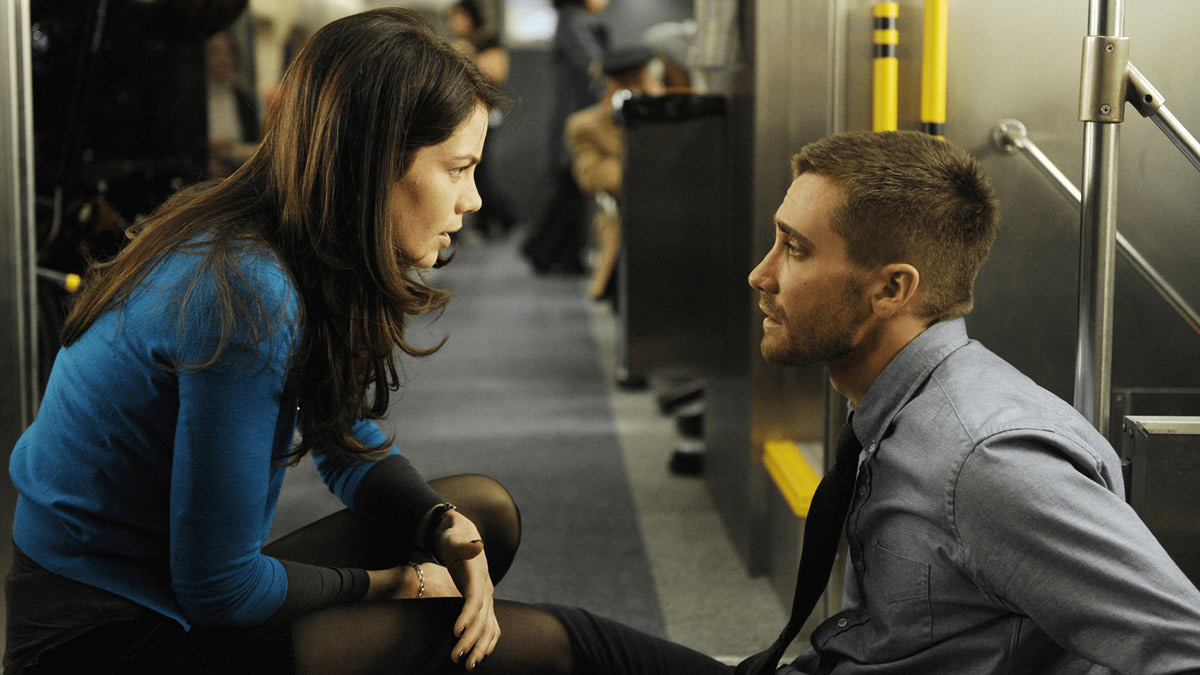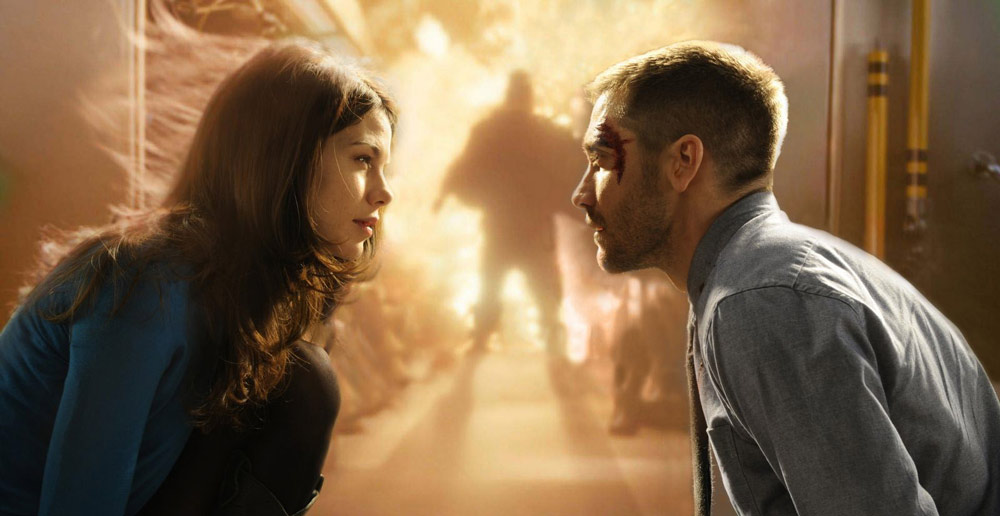
(c) Photofest / Getty Images
"Source Code" Duncan Jones's artistry emerges from the shocking loop world *Note! Contains spoilers.
2019.02.13
The theme of “reproduced things” also extends to “The Man Trapped in the Moon”
Some people may find themselves filled with question marks at the climax of this work, thinking, "What? What do you mean?"
Duncan Jones's previous work, `` The Man on the Moon, '' will help those people interpret this. In this work, the main character, played by Sam Rockwell, becomes two people, then three. I will not discuss why this happened here, but the memorable lines spoken in this work are interesting.
"We are not programs. We are humans."
In other words, no matter the reason for being born, each person has a strong personality and dignity.
On the other hand, in ``Source Code,'' this ``8-minute playback'' is explained as simply a program using special technology, but at the climax of the story, the main character experiences it himself. "There was no such thing."
The world he was sent into many times and blown away each time was not a virtual one. In a sense, you could call it a parallel world. There, each time the device is activated, a parallel world is created. These are worlds that continue to exist in parallel with the real world even after ``8 Minutes on a Train'' ends.

“Source Code” (c) Photofest / Getty Images
That's not all. If you listen to what the creators say in the Blu-ray audio commentary, you'll learn something interesting. In other words, every time there is an explosion in a parallel world, the passengers there die. In order to save the real world, the command room forces them to spend eight minutes over and over again, unknowingly killing countless passengers in the parallel world.
They think that they don't need to worry about it because it's a program, but in reality, it can be said that each one of them had a unique personality and dignity. Of course, the same goes for the main character inside the box.
If this is the case, the themes depicted here are extremely similar to ``The Man Trapped in the Moon.'' Although on the surface they seem to have a completely different touch and are in a different genre, it seems that there is a strong sense of artistry surrounding ``reproduced things'' that oozes out.
It may be a bit of a stretch to bring up Walter Benjamin's book ``Art in the Age of Reproduction Techniques,'' but it is well known that the art of film can never be separated from this concept of ``reproduction.'' .
The great thing about this work is that when you get into the depths, you can see a bottomless world that lasts for more than 8 minutes. Moreover, it is amazing that he is able to do this so flexibly in the realm of entertainment. I also really enjoyed watching Duncan Jones' `` MUTE ,'' and I look forward to seeing what kind of world this extraordinary filmmaker will open up in the future.
Text: USHIZU ATSUNOBU
Born in Nagasaki in 1977. When he was 3 years old, he saw ``Superman II'' with his father and became fascinated with movies. After The Graduate from Meiji University, he worked for a movie broadcasting channel and then became a movie writer. Currently, in addition to writing for Eiga.com, EYESCREAM, Real Sound Movie Club, etc., he also contributes to media press and theater programs.
(c) Photofest / Getty Images

